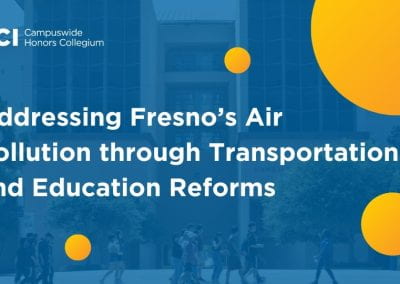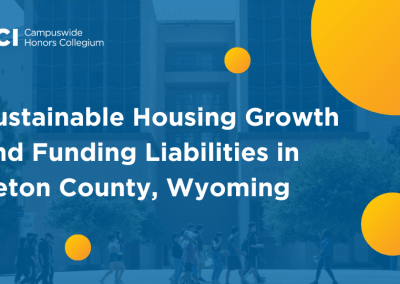Reducing Food Insecurity in Kansas City, Missouri
Abstract
In the United States, about 10.2% of households were food insecure during 2021 (U.S. Department of Agriculture, 2022). Specifically in Kansas City, Missouri, food insecurity is a prevalent socioeconomic and sustainability challenge. The root cause of food insecurity can be traced mainly to economic inequality, as low-income households are less likely to have access to healthy food, both financially and geographically. For low-income families, financial pressure can force families to choose between food and other necessities like health care or childcare. Although existing food banks and pantries like Harvesters have done much to address food insecurity, there are still many gaps to be filled. To increase access to nutritious food for low-income families, it is recommended to implement a program where parents and students can pick up groceries throughout the week at middle and high schools. The proposed program will expand on Harvesters’s BackSnack program which currently is offered only at elementary schools and some middle schools. The proposed program will serve a wider age range of students, increase the frequency of food distribution, enable families to pre-order their groceries online, and help families save time on grocery shopping. To connect those in need with the school pantry, data on students who qualify for free or reduced lunch will be used. Some limitations of this program include the students’ physical abilities to carry home groceries for their entire family, the campus’s capacity to accommodate large groups visiting the pantry, refrigeration and storage space for groceries, and having sufficient staffing and resources to run the program.



